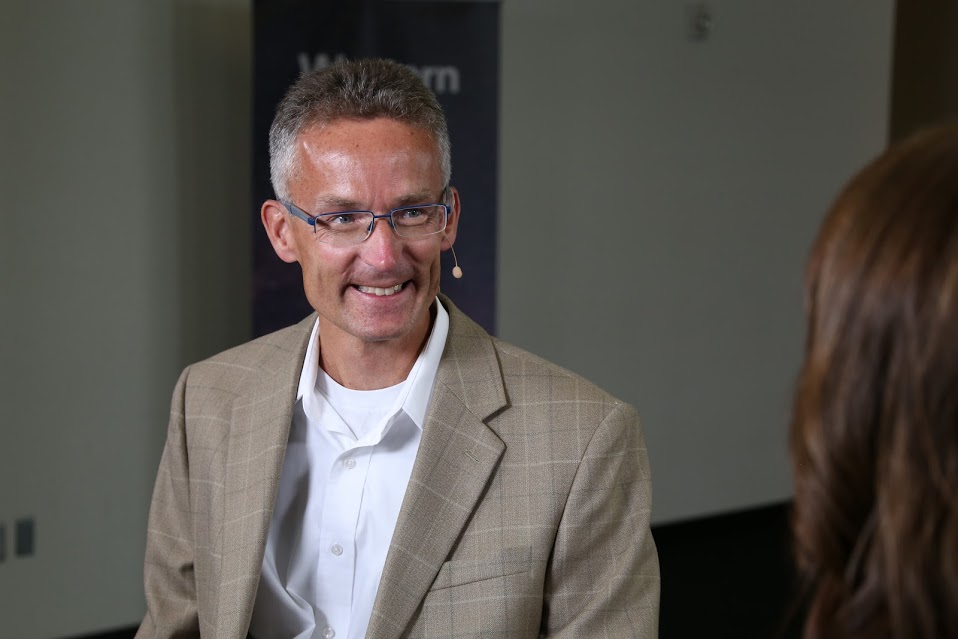 BIG DATA
BIG DATA
 BIG DATA
BIG DATA
 BIG DATA
BIG DATA
After a lengthy career working for Westin and Starwood Hotels, Michiel Bakker (pictured) suddenly got a call from Google Inc. six years ago asking whether he might be interested in a conversation about its food program.
“That piqued my interest,” said Bakker. “I’d never heard of their food program and how they were running it.”
The result was a journey that has led him to become the director of Google Food and lead initiatives inside the search giant that have resulted in an ambitious program to reduce food waste inside the company’s extensive employee cafeteria network using some unusual technology tools.
Bakker visited theCUBE, SiliconANGLE Media’s mobile livestreaming studio, and answered questions from host Lisa Martin (@Luccazara) during this year’s FOOD IT: Fork to Farm in Mountain View, California. They discussed Google’s philosophy in managing cafeteria operations and how the company uses data in the kitchen environment. (* Disclosure below.)
When Bakker joined Google, the company was rapidly expanding globally. His responsibility was to get the company’s food service operation ready for ongoing growth while following an environmentally responsible model that met employee expectations.
“We believe that our role is to enable individuals to make personal, informed food choices,” Bakker explained. “Technology can play a great role in that.”
The company developed an internal app that leveraged Google’s search and YouTube tools to help give employees information about foods. Users also developed profiles that told Bakker’s kitchen operation what employees liked and what to avoid. This allowed Bakker to “develop offerings that resonate with the population.”
Bakker also implemented a software tool, developed by LeanPath, an Oregon-based program that uses technology to generate hard data around food wastage. The tool compiled data about everything thrown away from Google kitchens.
“Every time when a chef throws something out, we weigh it, we take a picture of it and we tag it,” said the Google executive.
With this data, Google is better positioned to make decisions that could lessen environmental impact. “We’re probably better off reducing the waste of meat versus the waste of a carrot,” Bakker said. “The environmental impact of meat is significantly larger.”
Watch the complete video interview below, and be sure to check out more of SiliconANGLE’s and theCUBE’s coverage of the FOOD IT: Fork to Farm event. (* Disclosure: TheCUBE is a paid media partner for FOOD IT: Fork to Farm. Neither Western Digital Corp., the event sponsor, nor other sponsors have editorial influence on theCUBE or SiliconANGLE.)
THANK YOU